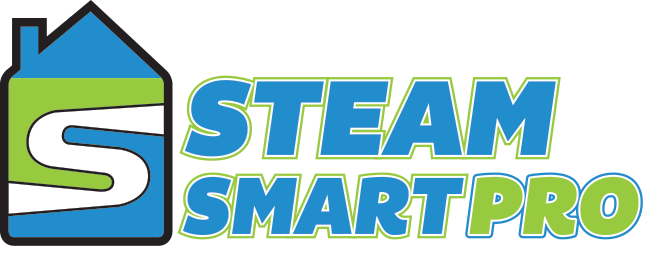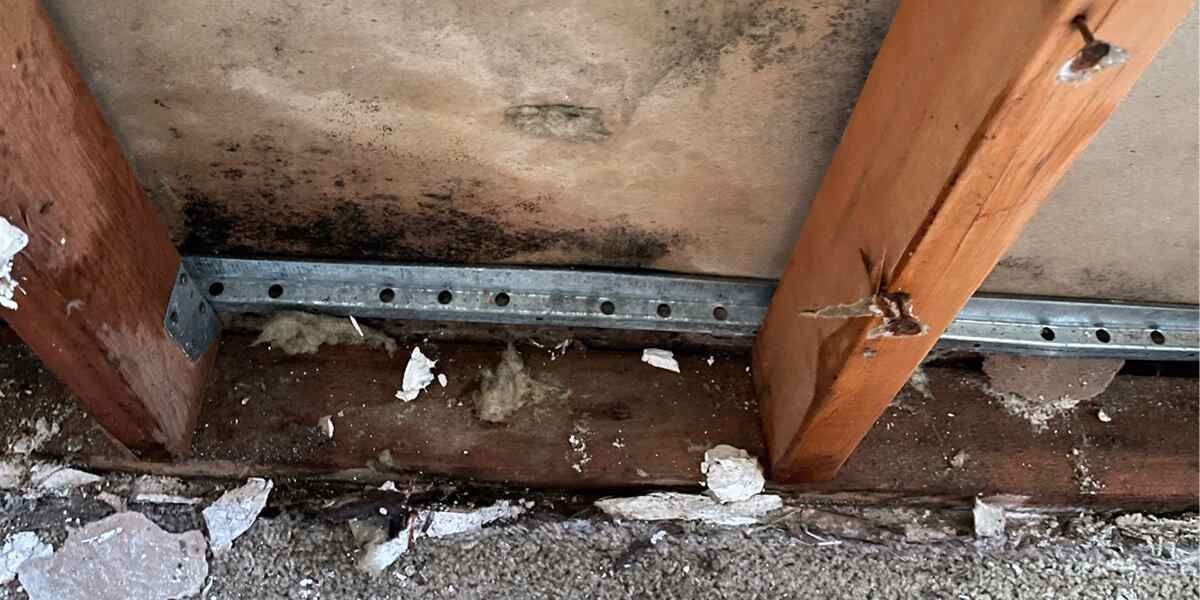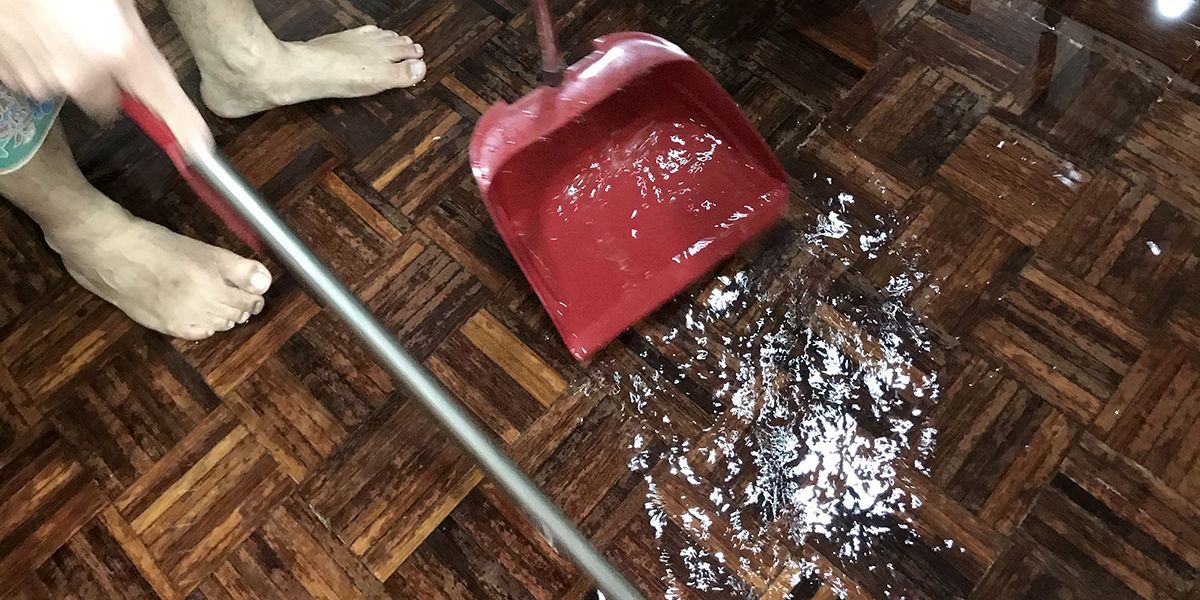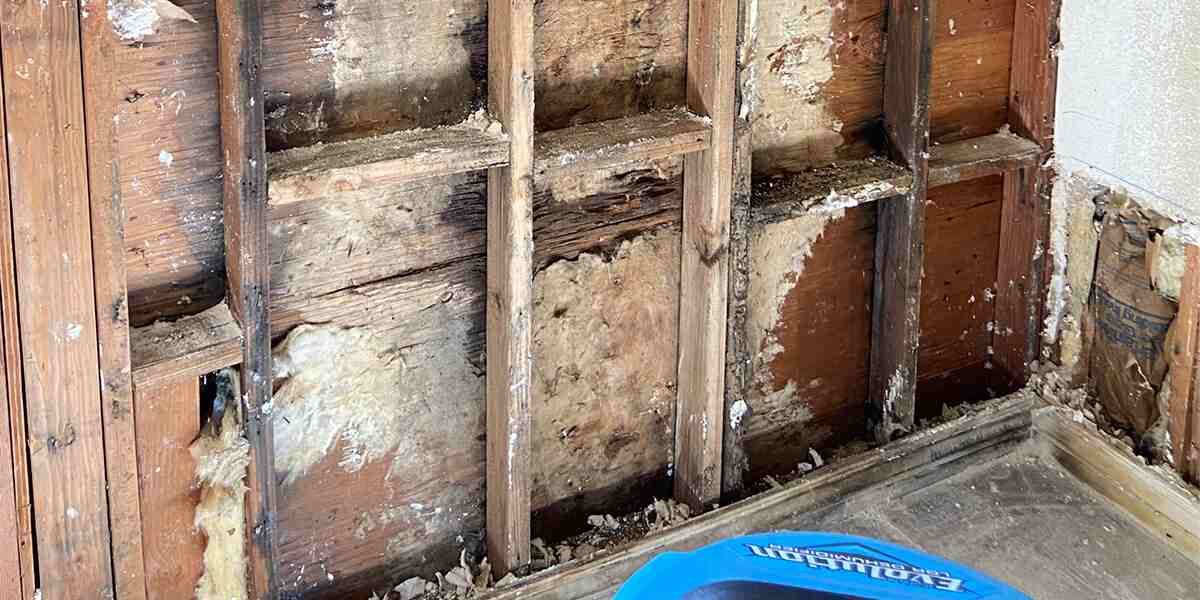Steam Smart Pro Carpet Duct & Tile Cleaning
Can You Pressure Wash Indoor Tile?
Tile flooring can enhance any interior space’s visual appeal. It’s extremely versatile and can match nearly any property’s style and design. However, cleaning indoor tile floors isn’t always easy, causing many Tucson residents to ask, “Can you pressure wash indoor tile?” Steam Smart Pro is here to answer that question for you.
Steam Smart Pro is one of Tucson, AZ’s most trusted providers of professional power washing and soft washing services. If you need an experienced tile cleaning company in Tucson, AZ, that can handle any pressure washing project you toss its way, contact Steam Smart Pro.
What Is Pressure Washing?
Pressure washing utilizes high-velocity water jets to clean dense surfaces. It’s an efficient cleaning method that can transform filthy patios, driveways, and sidewalks into pristine surfaces that enhance your property’s appearance while improving their lifespan and structural integrity.
However, you can only pressure wash robust surfaces since the high velocity can damage soft and delicate objects. For example, if you pressure wash a wooden table, you will likely cause structural damage since it will break under the excess pressure.
Also, since pressure washers shoot water at breakneck speeds, they can cause severe injuries if you use them incorrectly. The high-velocity water can slice your skin and cause serious cuts and profuse bleeding. Always put safety measures in place and wear protective clothing (such as thick long-sleeve clothing and strong boots) when cleaning with a pressure washer.
Pressure washers can also cause significant water damage if you use them to clean non-waterproof objects or materials.
Can You Clean Indoor Tiles With A Pressure Washer?
So, can you pressure wash indoor tile? Yes, but only if you use the correct pressure washer settings.
Most pressure washers have numerous settings that control the device’s velocity. The max setting shoots out water at exceedingly high speeds that can damage the tile material. It can also cause several other problems, including:
- Loose tiles
- Grout reduction or damage
- Water logging
- Water damage
However, setting the machine to the soft wash setting will reduce the velocity and efficiently clean the tile without causing structural damage or other issues. It will also make the pressure washer a bit easier to control, allowing you to clean more accurately.
What Type of Pressure Washer Should You Use Indoors?
Residential pressure washers come in two primary forms:
- Electric pressure washers
- Gas-powered pressure washers
Never use a gas-powered power washer when cleaning your interior property. Gas-powered pressure washers emit carbon monoxide, which can cause severe health problems and even death if it isn’t released outside. Carbon monoxide is an extremely dangerous odorless gas that will poison anyone who breathes it in.
Electric power washers are much safer for indoor cleaning and won’t release toxic fumes into your home. That said, it’s best to leave the machine outdoors to prevent water from spilling and damaging non-tile floors, fixtures, or appliances.
How To Clean Indoor Tile With a Pressure Washer
Pressure washing indoor tile is a bit trickier than cleaning exterior surfaces since it requires more precision to avoid structural damage. However, once you understand the process, you can pressure wash your indoor tiles safely and effectively. Follow the steps below to learn how to clean indoor tiles with a pressure washer.
Step One: Prep the Area
Before you start pressure washing your tile floor, cover non-waterproof objects like furniture and electronic devices with a durable tarp or something similar. Also, tape up electrical outlets and unplug anything that could obstruct the process. It’s also a good idea to shut off the room’s power and plug in your pressure washer in another room or outdoors, with the latter being the best option.
You want to take every protective measure possible to prevent damaging your property and belongings.
Step Two: Select the Setting
Next, set your pressure washer to the soft wash setting or the lowest setting available. You can also attach a fan-spray tip to further reduce the water’s velocity and make the process a bit easier and safer. Never use a pinpoint tip since it drastically increases the velocity and will increase the likelihood of tile or grout damage.
Keep in mind that you can slowly increase the setting if necessary. Just remember that setting it too high can cause extensive surface damage, so always start low and gradually increase the velocity.
Step Three: Work From the Top Down
Once you set the machine to soft wash, start at the top of the tile and slowly work your way to the bottom. This keeps the debris moving downward, preventing it from tainting clean areas.
Step Four: Hand-Clean Hard-to-Reach and Delicate Areas
Although pressure washing tile floors and walls effectively eliminates dust, dirt, and other contaminants, it doesn’t clean everything. Tight and hard-to-reach spaces often require hand-cleaning.
For example, the area where the bathtub meets the tile floor or wall will have a caulk seal rather than grout. Caulk isn’t as robust as grout and can become damaged through pressure washing. It’s best to clean these areas by hand to prevent structural damage and ensure a top-notch cleaning.
Step Five: Finish the Process
After cleaning your indoor tile surfaces, shut off the pressure washer and remove any remaining residue around the space. Dry the tiles with a cleaning rag or mop (if necessary) and remove the pressure washer to finish the process.
Indoor pressure washing requires immense accuracy and increases the chances of water damage. That’s why many Tucson homeowners turn to Steam Smart Pro to handle the process and ensure impeccable results.
Contact Steam Smart Pro for First-Class Pressure Washing in Tucson, Arizona
Next time you ask yourself, “Can you pressure wash indoor tile?” contact Steam Smart Pro. Our team will have your indoor tiles look their best while protecting your home from structural damage. Whether you want professional grout cleaning or need to remove rust stains from tiles, contact Steam Smart Pro.
Give Steam Smart Pro a call at
(520) 416-4308 and see what our technicians can do for your Tucson, Arizona, property today!



